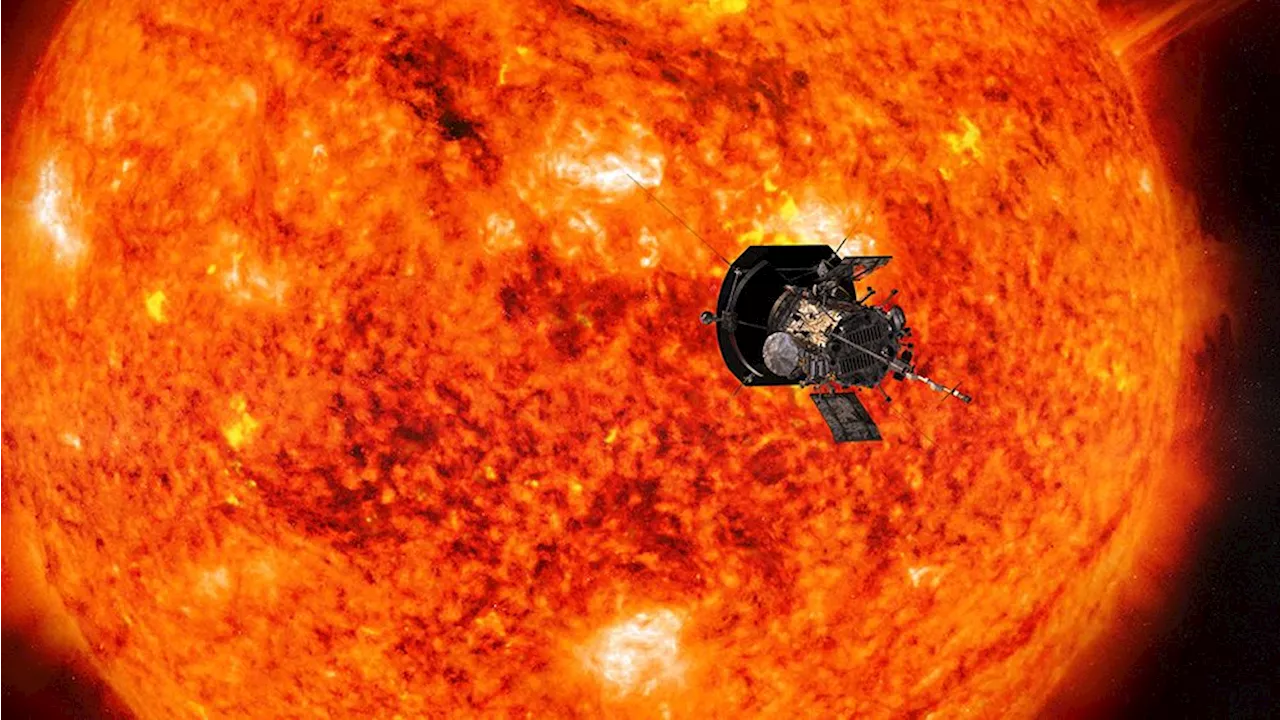NASA's Parker Solar Probe will make its closest approach to the sun yet on Christmas Eve, venturing within 3.8 million miles of the sun's surface. Scientists hope the probe will witness a coronal mass ejection during this flyby, allowing it to collect valuable data about the sun's charged particles and space weather.
Jam-packed issues filled with the latest cutting-edge research, technology and theories delivered in an entertaining and visually stunning way, aiming to educate and inspire readers of all ages. Our sun is far from the flawless orb of light we see in the sky.
Spacecraft observations have long shown that, up close, the 'surface' of our star rumbles with powerful eddies and is dotted with fiery sunspots that occasionally burp superheated material into space — a phenomenon that occurs even more frequently during phases of high solar activity. Scientists are hoping NASA's Parker Solar Probe will get a unique taste of the sun's wrath on Christmas Eve, when it will get within 3.8 million miles (6.1 million kilometers) of the sun's surface — the closest yet a human-made object has ever gotten to our star. At this record distance, the probe is already expected to collect valuable data about the sun's corona. The sun reached its most turbulent phase in its 11-year cycle just two months ago, so scientists are hoping it will unleash at least one coronal mass ejection that serendipitously passes through the same pocket of space as the Parker Solar Probe. Far from damaging the spacecraft, this would allow the probe to gather rare data about how the sun's charged particles are accelerated to near-light speeds and dissect the dynamics of space weather — insights that would be valuable not only for understanding our sun but also for studying stars elsewhere in the universe, scientists say. Launched on a historic and audacious mission to decode some of the sun's deepest secrets, it watched our star transition from a calm, so-called solar minimum to its current stormy state, marked by back-to-back solar flares this summer that sparked the 'Sun is doing different things that it did when we first launched,' Nicholeen Viall, who is a co-investigator for the WISPR instrument onboard Parker Solar Probe, told reporters earlier this month at the Annual Meeting of the American Geophysical Union (AGU). 'That is really cool because it is making different types of solar winds and solar storms
SCIENCE SUN SPACE WEATHER NASA PARKER SOLAR PROBE
United States Latest News, United States Headlines
Similar News:You can also read news stories similar to this one that we have collected from other news sources.
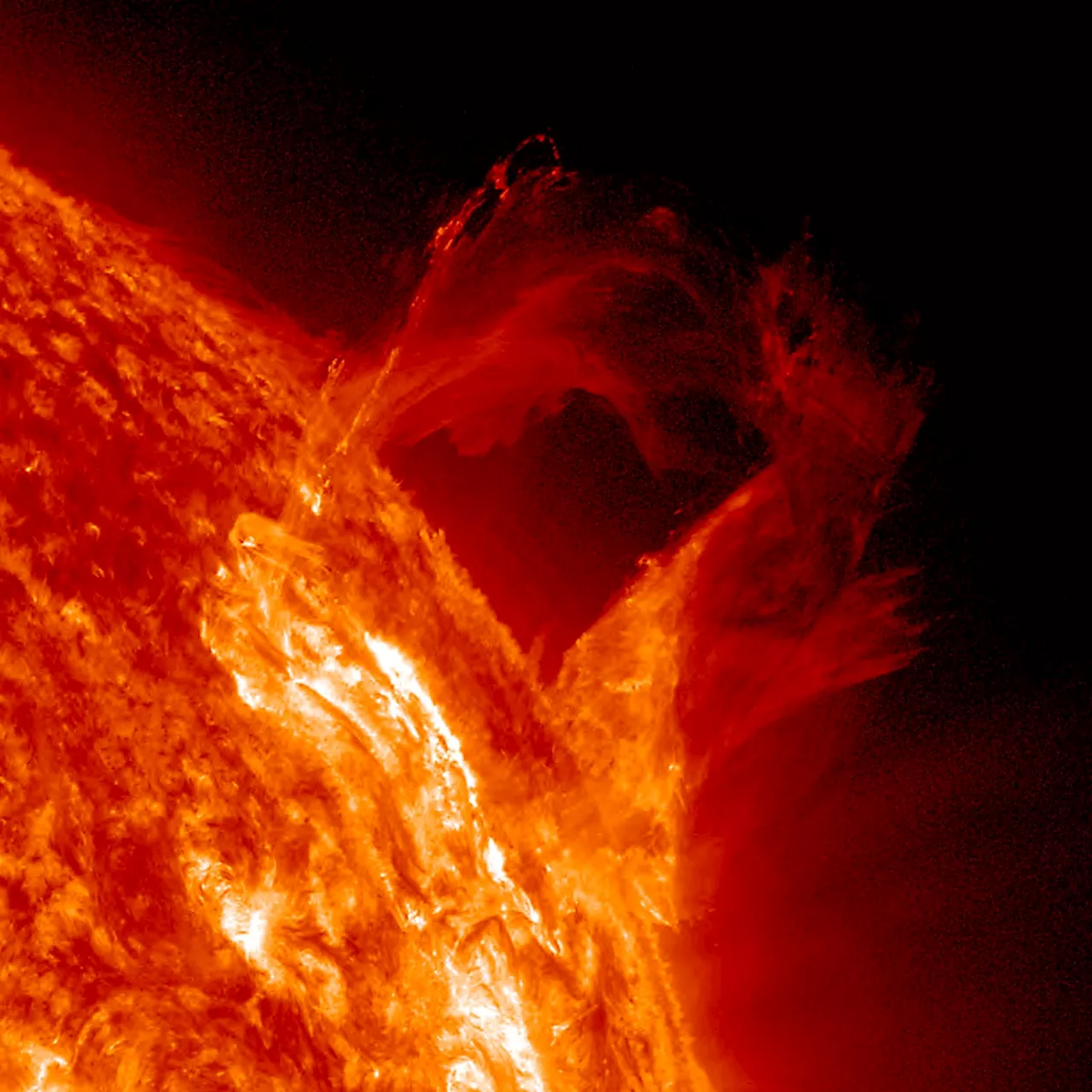 Parker Solar Probe to Make Record-Breaking Close Approach to the Sun on Christmas EveThe Parker Solar Probe, a NASA spacecraft, will make its closest-ever flyby of the Sun on Christmas Eve, December 24th. This historic approach will bring the probe within 6.1 million kilometers of the Sun's surface, allowing scientists to gather unprecedented data about the Sun's corona, solar wind, and other mysteries.
Parker Solar Probe to Make Record-Breaking Close Approach to the Sun on Christmas EveThe Parker Solar Probe, a NASA spacecraft, will make its closest-ever flyby of the Sun on Christmas Eve, December 24th. This historic approach will bring the probe within 6.1 million kilometers of the Sun's surface, allowing scientists to gather unprecedented data about the Sun's corona, solar wind, and other mysteries.
Read more »
 Parker Solar Probe to Fly Close to the Sun on Christmas EveThe Parker Solar Probe, named after the late Dr. Eugene N. Parker, will make a daring flyby of the Sun on December 24th, 2024. The mission aims to unravel mysteries about the Sun's atmosphere, which is hotter than its surface.
Parker Solar Probe to Fly Close to the Sun on Christmas EveThe Parker Solar Probe, named after the late Dr. Eugene N. Parker, will make a daring flyby of the Sun on December 24th, 2024. The mission aims to unravel mysteries about the Sun's atmosphere, which is hotter than its surface.
Read more »
 Parker Solar Probe to make history with closest-ever Sun flyby on Christmas EveParker will fly a mere 3.8 million miles above Sun’s blazing surface, reaching a staggering 430,000 mph speed during this closest approach.
Parker Solar Probe to make history with closest-ever Sun flyby on Christmas EveParker will fly a mere 3.8 million miles above Sun’s blazing surface, reaching a staggering 430,000 mph speed during this closest approach.
Read more »
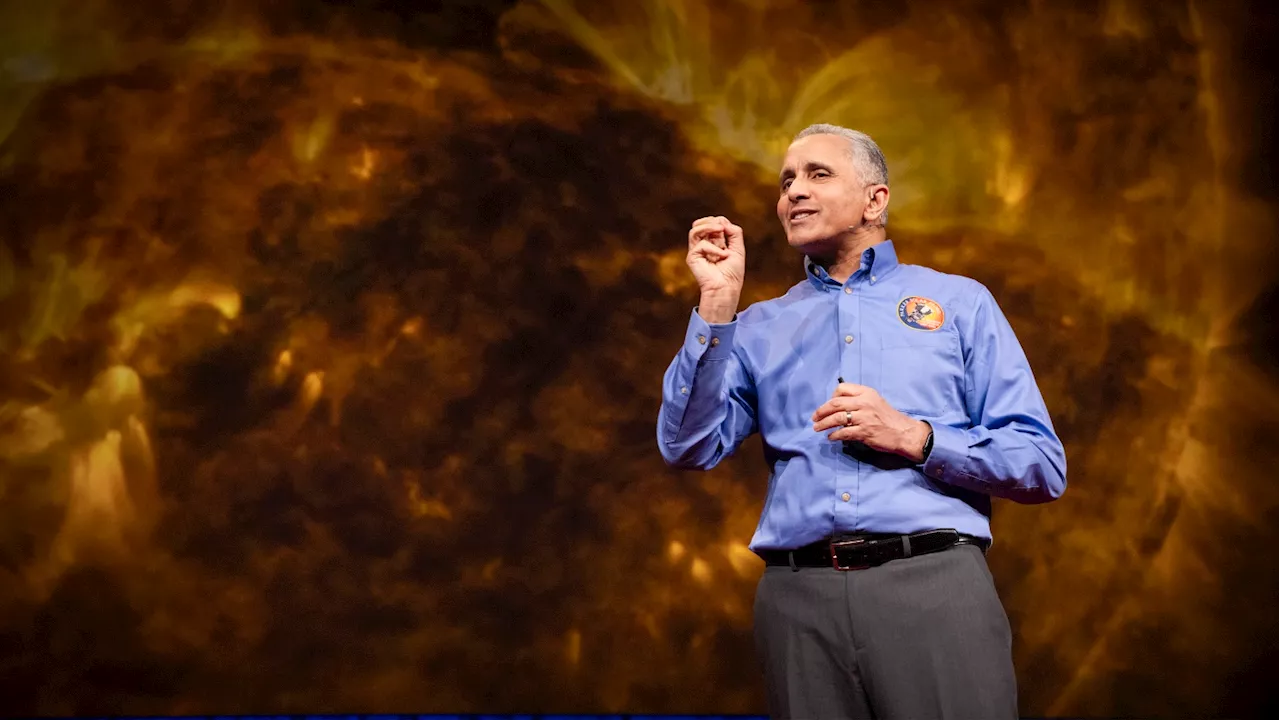 NASA's Parker Solar Probe to Break Distance Record on Christmas EveNASA's Parker Solar Probe will make history on December 24th by reaching closer to the sun than any other man-made object. The probe, which has been orbiting the sun for six years, will come within 3.9 million miles of the sun's surface, providing valuable data to help scientists unravel the sun's mysteries.
NASA's Parker Solar Probe to Break Distance Record on Christmas EveNASA's Parker Solar Probe will make history on December 24th by reaching closer to the sun than any other man-made object. The probe, which has been orbiting the sun for six years, will come within 3.9 million miles of the sun's surface, providing valuable data to help scientists unravel the sun's mysteries.
Read more »
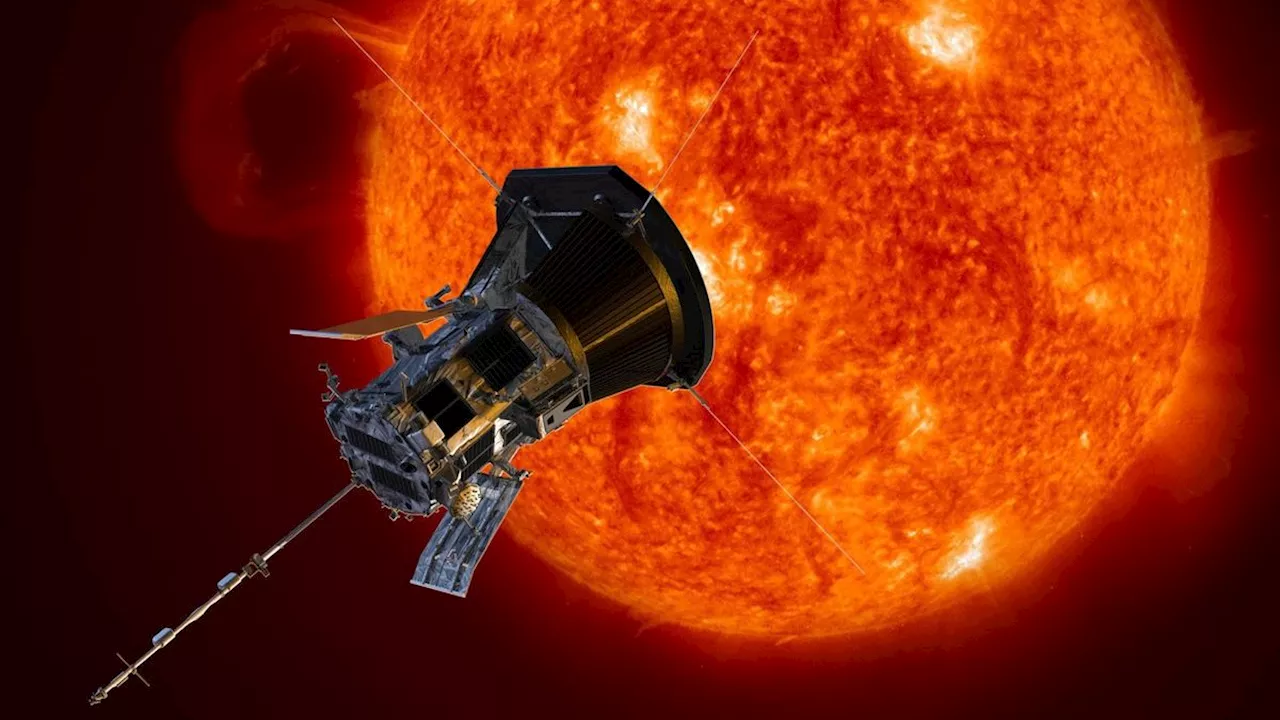 What time is the NASA Parker Solar Probe's closest sun flyby ever on Christmas Eve?Tariq is the Editor-in-Chief of Space.com and joined the team in 2001, first as an intern and staff writer, and later as an editor. He covers human spaceflight, exploration and space science, as well as skywatching and entertainment. He became Space.com's Managing Editor in 2009 and Editor-in-Chief in 2019. Before joining Space.
What time is the NASA Parker Solar Probe's closest sun flyby ever on Christmas Eve?Tariq is the Editor-in-Chief of Space.com and joined the team in 2001, first as an intern and staff writer, and later as an editor. He covers human spaceflight, exploration and space science, as well as skywatching and entertainment. He became Space.com's Managing Editor in 2009 and Editor-in-Chief in 2019. Before joining Space.
Read more »
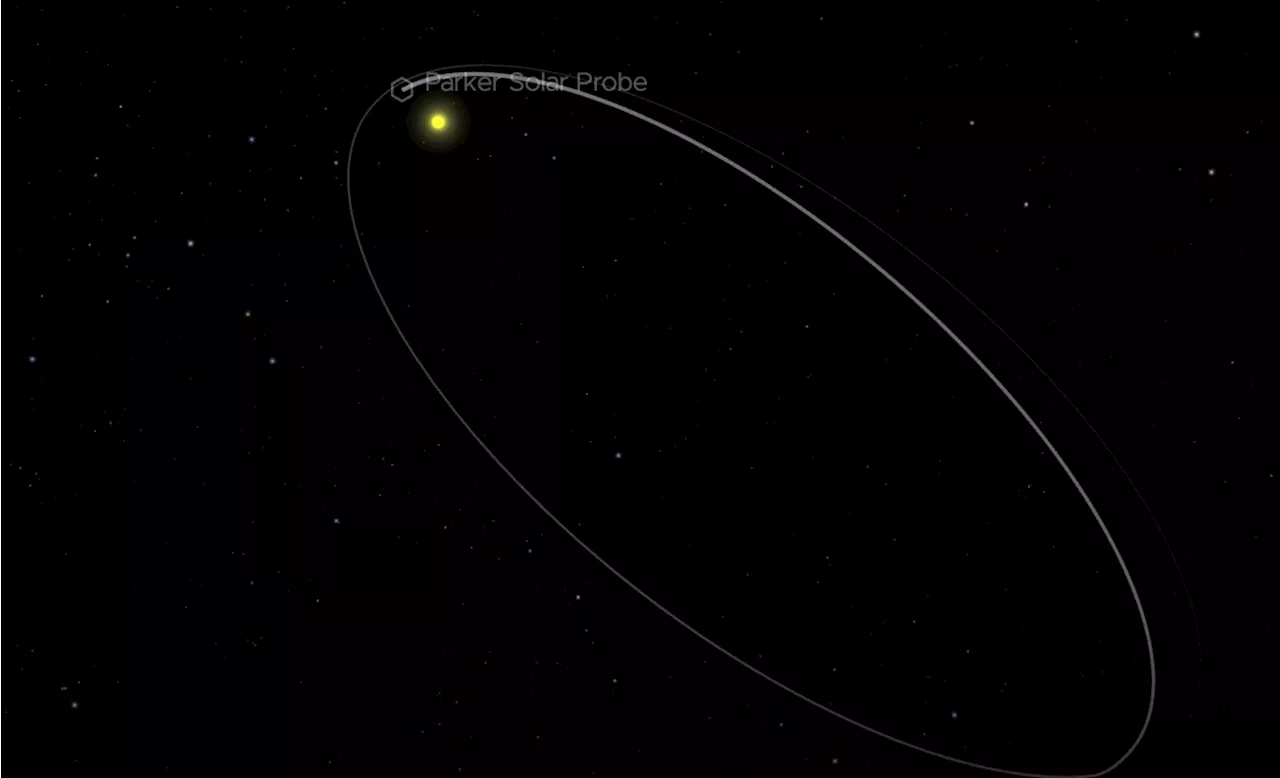 NASA's Parker Solar Probe will fly closer to the sun than ever on Christmas EveCheyenne is Engadget’s weekend editor and covers a little bit of everything. She’s particularly interested in emerging technology and niche gadgets, climate change, space, privacy, and internet culture. She’ll talk your ear off about Tamagotchis if you get her started.
NASA's Parker Solar Probe will fly closer to the sun than ever on Christmas EveCheyenne is Engadget’s weekend editor and covers a little bit of everything. She’s particularly interested in emerging technology and niche gadgets, climate change, space, privacy, and internet culture. She’ll talk your ear off about Tamagotchis if you get her started.
Read more »
